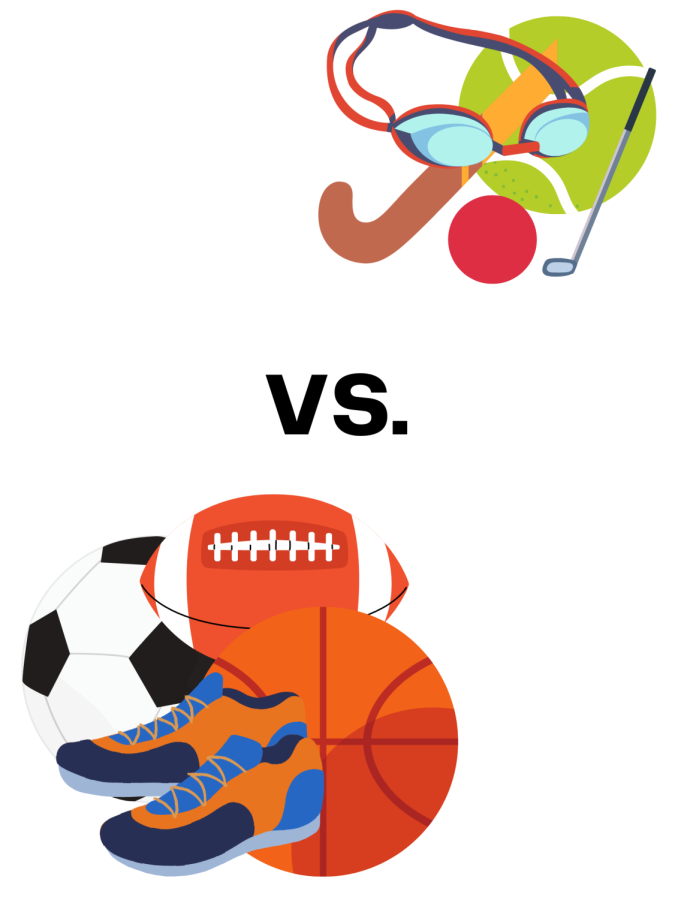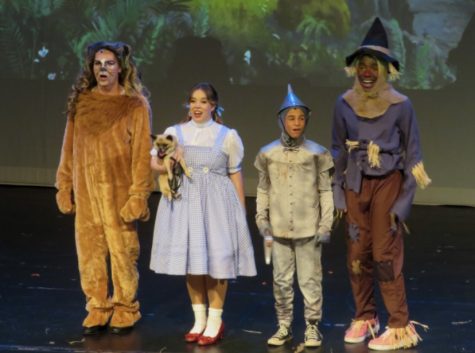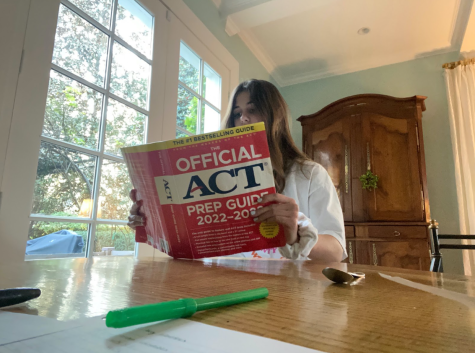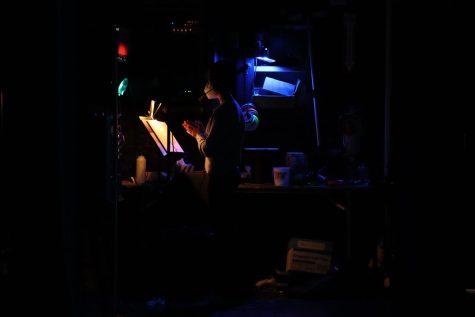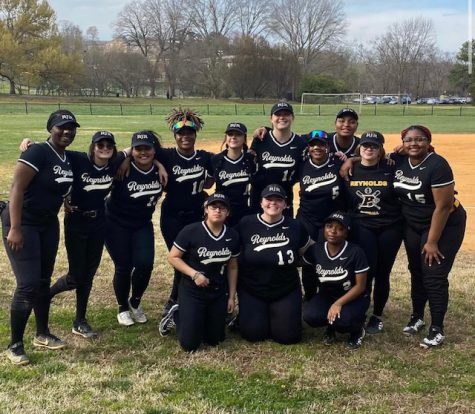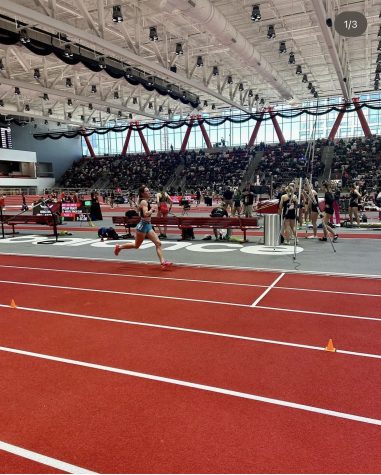Are extracurriculars too expensive?
Photo provided by Sofia Domenech
Expensive versus inexpensive sports, the cost of wanting to play the sport you love.
April 22, 2023
Sports, clubs, and extracurriculars drive students to form strong peer relationships, pride in their school, a community, a sense of identity and belonging, and a positive mindset. However, some challenges come with students joining and participating in extracurriculars, much of which involves expense. With some sporting equipment totaling thousands of dollars and specific club events costing hundreds, inequality, exclusiveness, and costliness problems can arise.
With cost comes a gap between low-income and high-income children participating in sports. This results in kids from lower-income homes participating less and contributing to a statistic from the Project Play survey that low-income children are half as likely to play sports as higher-income children.
One student attempting to counteract sports inequality at RJ Reynolds is junior Ally MacCorkle. Last month, MacCorkle started Equipment 4 Everyone, a sports equipment drive to collect new or gently used equipment to help future student-athletes. MacCorkle plays varsity soccer and is the captain of the varsity tennis team. She holds her love for sports close to her heart, and this love is what prompted her to start the drive.
“I want everyone to have the same opportunity as me,” MacCorkle said. “This will allow kids to find sports they’re passionate about and can be super fun for the kids.”
The drive has collected over 100 items, much of which has come from MacCorkle’s Amazon wish list. This electronic drive has made it easy for parents and others to donate, while students could also drop off the equipment in the attendance office at RJR. The equipment MacCorkle has collected will go to Beyond Sports, which will give the equipment to kids from Title 1 elementary schools around North Carolina.
While many sports are challenging to take advantage of at RJR, some are easily accessible due to the low amount and cost of equipment. Junior Andrew York, a track and cross country member, argues that running is one of those sports.
“I think cross country and track are easy to get into as a new runner,” York said. “You really only need one or two pairs of shoes and a pair of spikes as a beginner.”
Based on an Aspen Institute survey, the average annual spending for a child for cross country and track is $421 and $191, respectively. On the other hand, sports such as field hockey and lacrosse total $2,125 and $1,289. This expense causes an economic difference in those who can play sports and a demographic difference. Another extracurricular that experiences discrepancies in the demographic of students, as well as high expenses, is Youth and Government (YAG).
With the YAG Conference totaling $760, the club is daunting to many students who think it is out of their reach. However, Ms. Malloy, the sponsor of YAG, notices this issue and hopes to change this in the future.
“I think that when the initial price is advertised, it can deter a lot of folks from seeing what the club is about and finding their place within it because of the lack of affordability,” Malloy said. “For the 2023 to 2024 school year and 2024 conference, we plan on hosting fundraising opportunities to decrease the cost of the trip and provide opportunities for scholarships.”
Specific demographics joining the club has also become an underlying issue, with most people hearing and joining YAG from friends already in the club. This upcoming year, Malloy and the club will be advertising more and extending their outreach to combat this.
“People who are interested in photography, videography, journalism, theater, and obviously government all have a place in YAG,” Malloy said.
Some clubs at RJR have less of a price tag, such as Girls’ Council, Senior Girls Service Club, Ebony Society, and Key Club, with five-dollar dues each year, optional purchasing of t-shirts, and stoles for graduation.
While clubs and sports are significant aspects of school that create positive environments for students, it is essential for coaches, students, sponsors, parents, and all those involved in extracurricular activities to look for ways that equity can shine through and pursue ways to make a welcoming space for all RJR Demons, no matter what.



